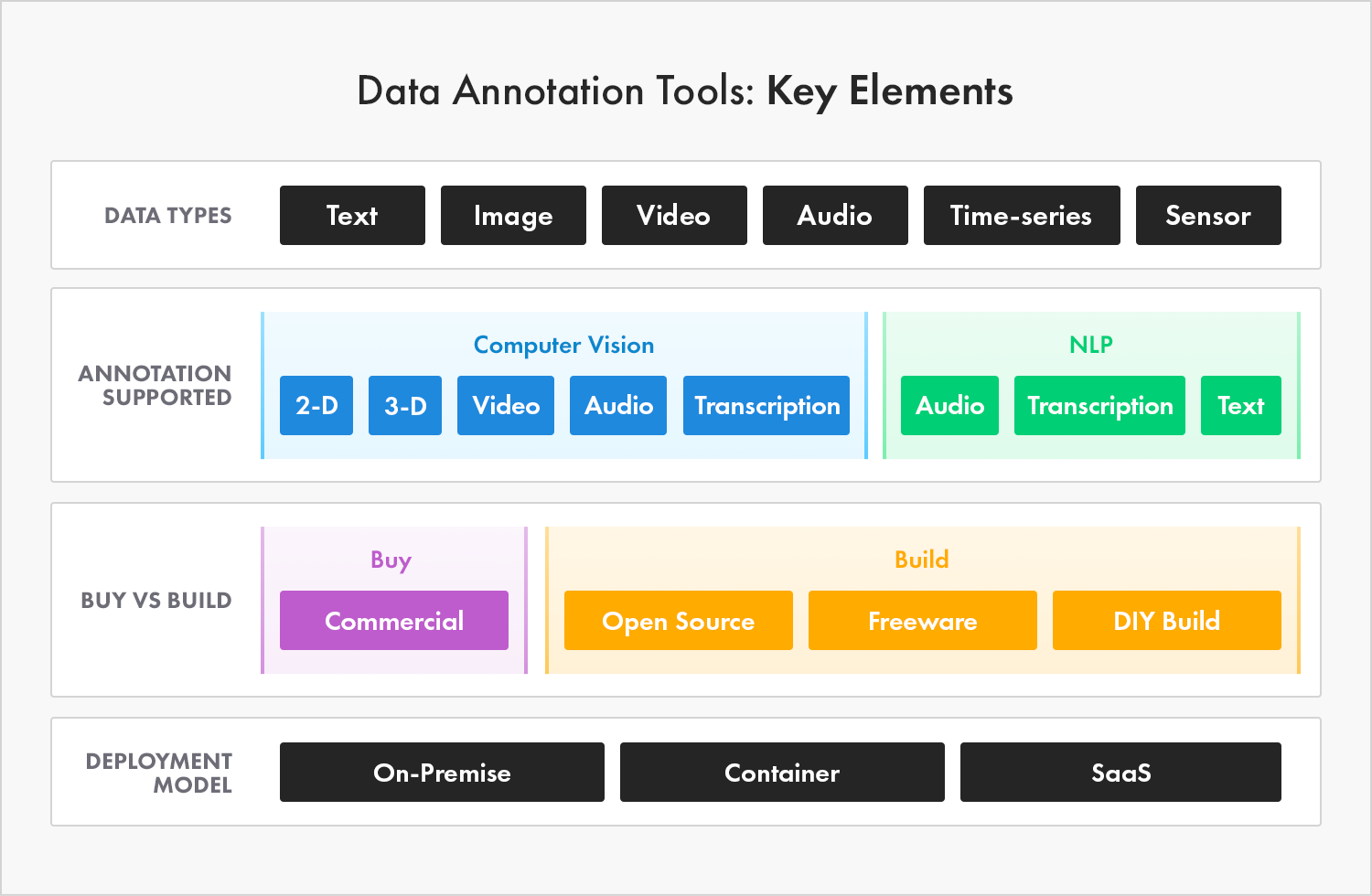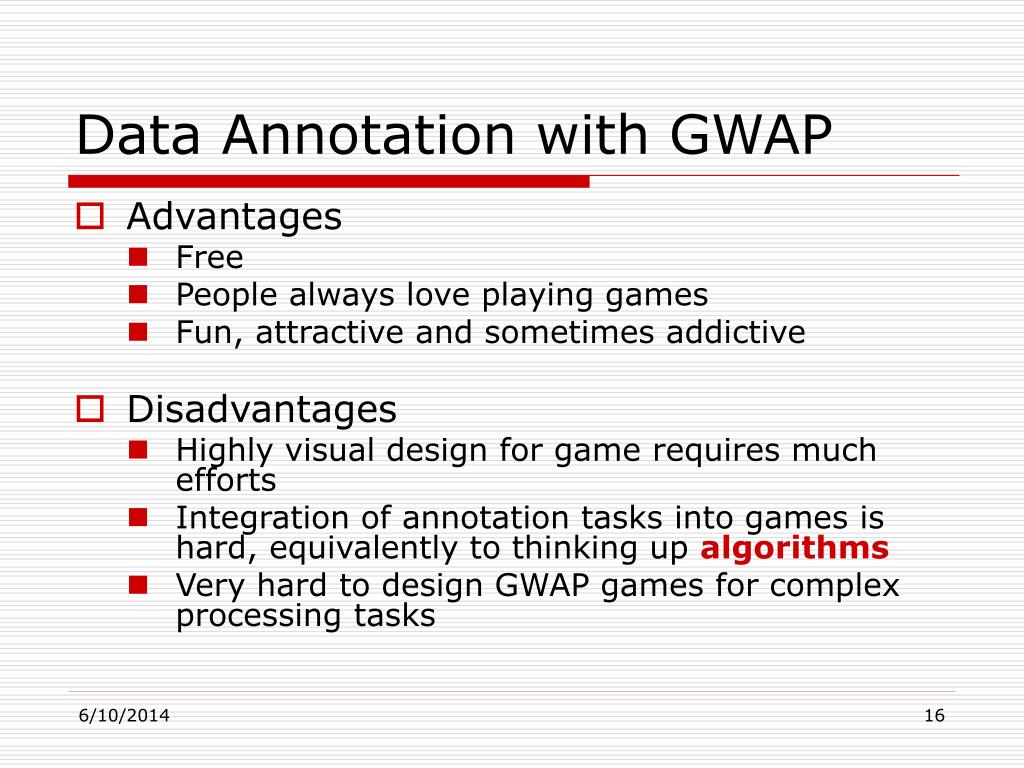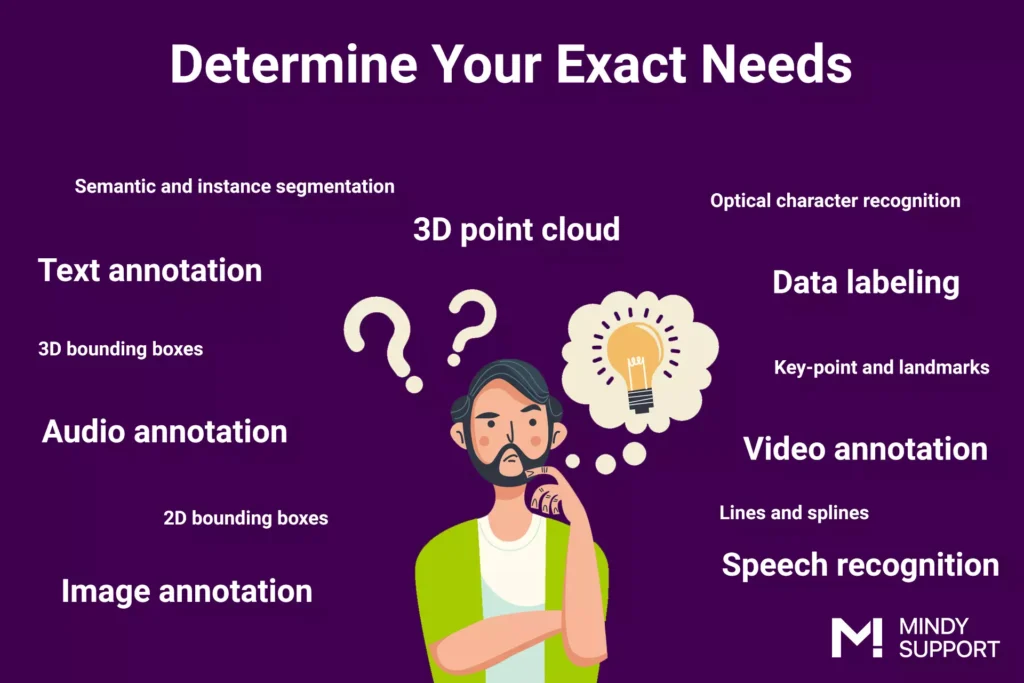Data annotation techniques can help machine learning models gain useful experience, thereby improving their accuracy and effectiveness. It can also help humans recognize things like images, text, and video, and what defines them. Data annotation aims to collect, organize, and label data to better understand its content.
The role of data annotation is to collect and label data so that machine learning models can learn from it. Typically, professional data labeling companies do this task using humans and computers to help machine learning models understand and identify data more accurately.

How to do data labeling?
For example, suppose you want to build a machine learning model to recognize animals in natural images. In order for a machine learning model to recognize a specific animal, you need to use data annotation techniques to collect a large number of images of a specific animal and add the correct label to each image.
In order to help machine learning models recognize images more effectively, a lot of data annotation work is required. This work includes: collecting and organizing images from existing datasets; adding the correct labels to each image, such as animal type, color, and shape; and organizing and organizing labeled images so that machine learning models can learn from them.
In addition, data annotation can also be used for text and video datasets. For example, suppose you want to build a machine learning model to recognize sentiment in news articles. To do this, you need to collect and organize text from news articles, and add the correct tag, such as positive, negative, or neutral, to each text.
What are the applications of data labeling?

1. Image classification: Classify according to the objects in the picture, such as animals, plants, etc.
2. Target detection: Detect information such as the position and size of objects in the picture.
3. Image recognition: Recognize a specific object in a picture.
4. Text classification: Classify according to text content, such as news classification, article classification, etc.
5. Sentiment analysis: judge sentiment based on text content, such as positive or negative comments.
6. Natural language processing: analyze the semantics, grammar, vocabulary and other information in the text to realize natural language understanding.
7. Speech recognition: Recognize the words in the speech and realize automatic speech recognition.
8. Speech synthesis: Convert text to speech to realize automatic speech synthesis.
